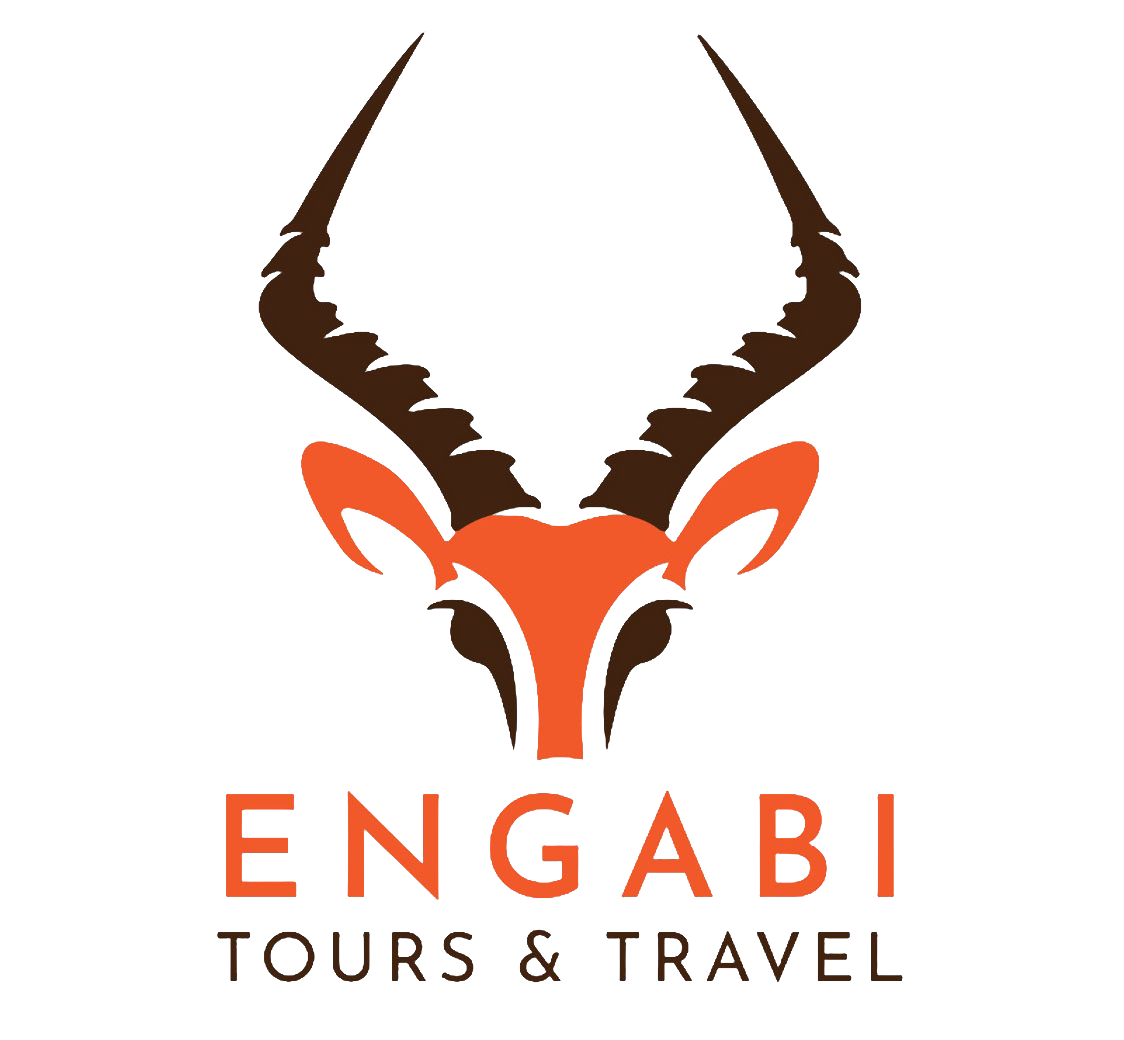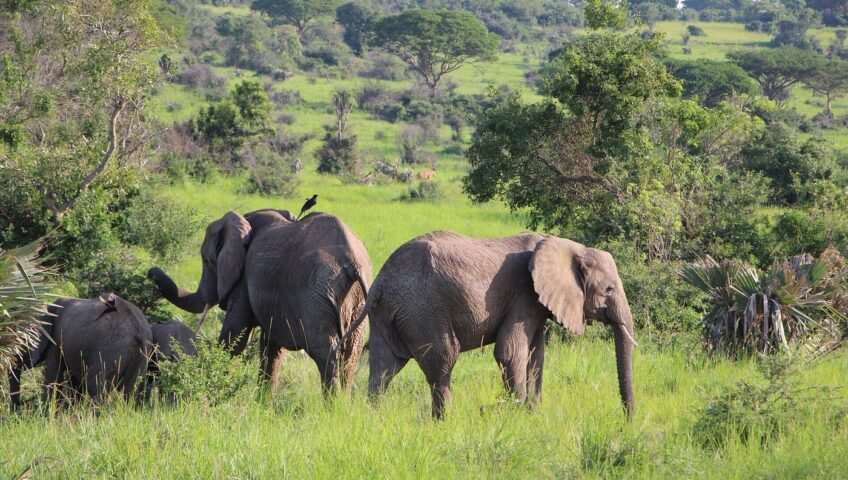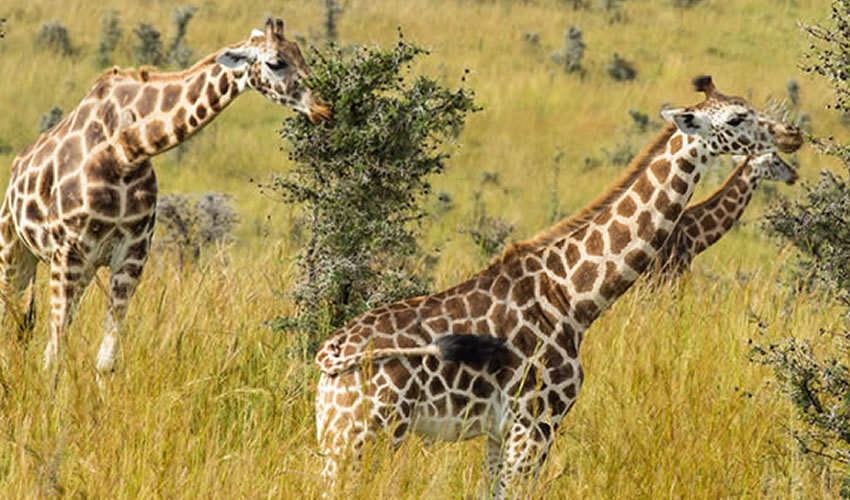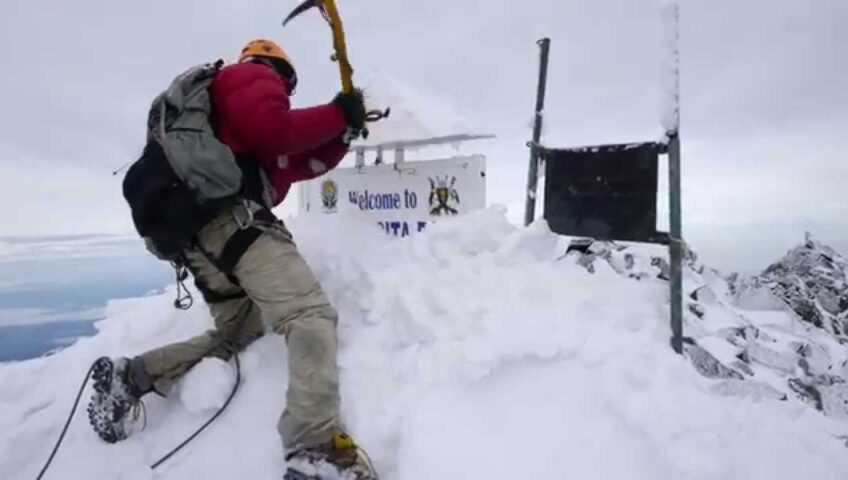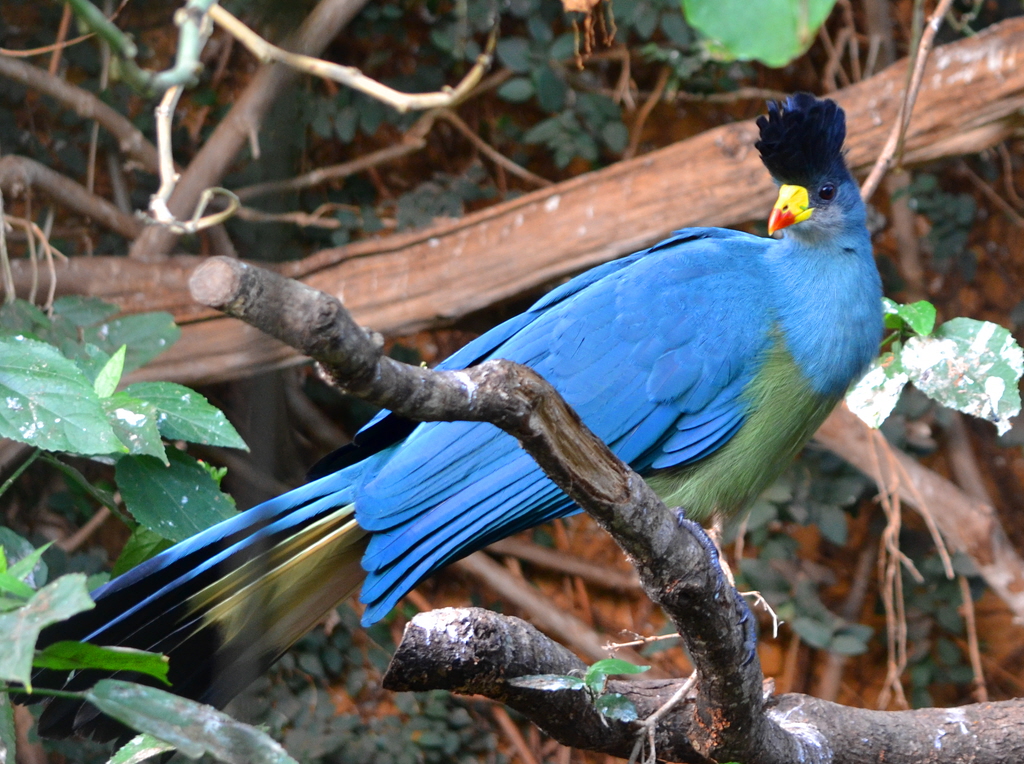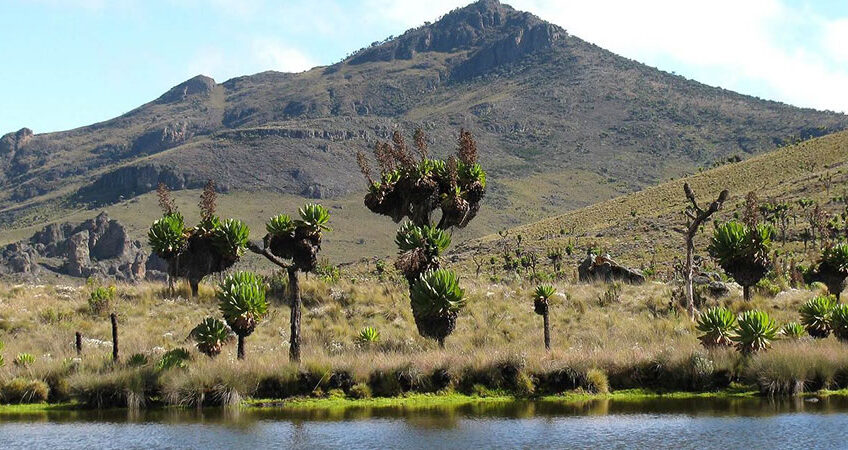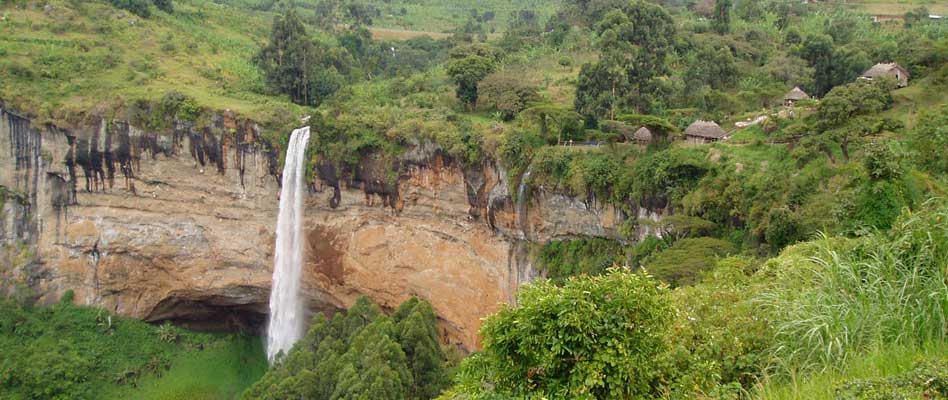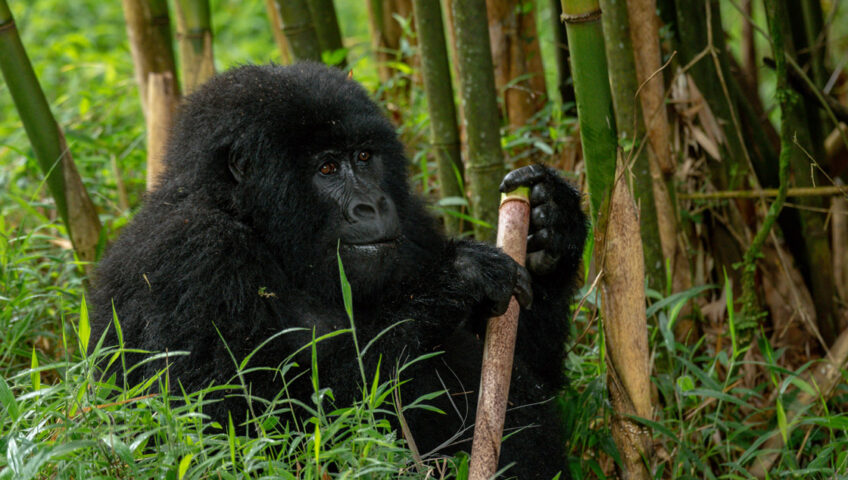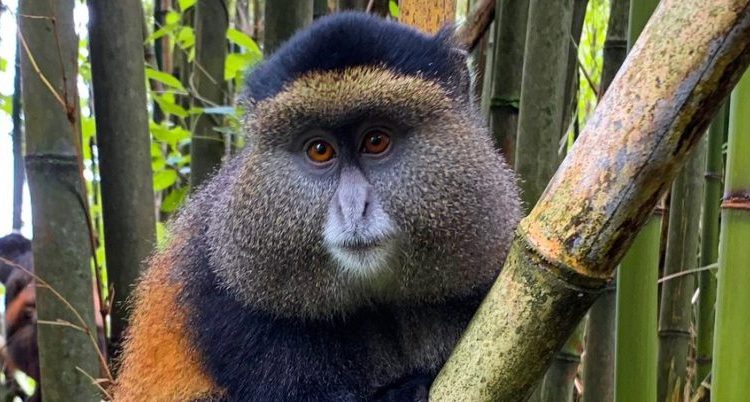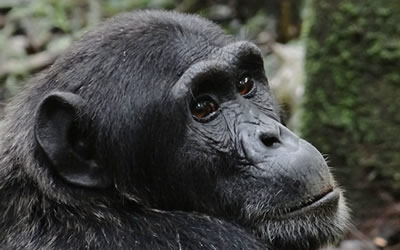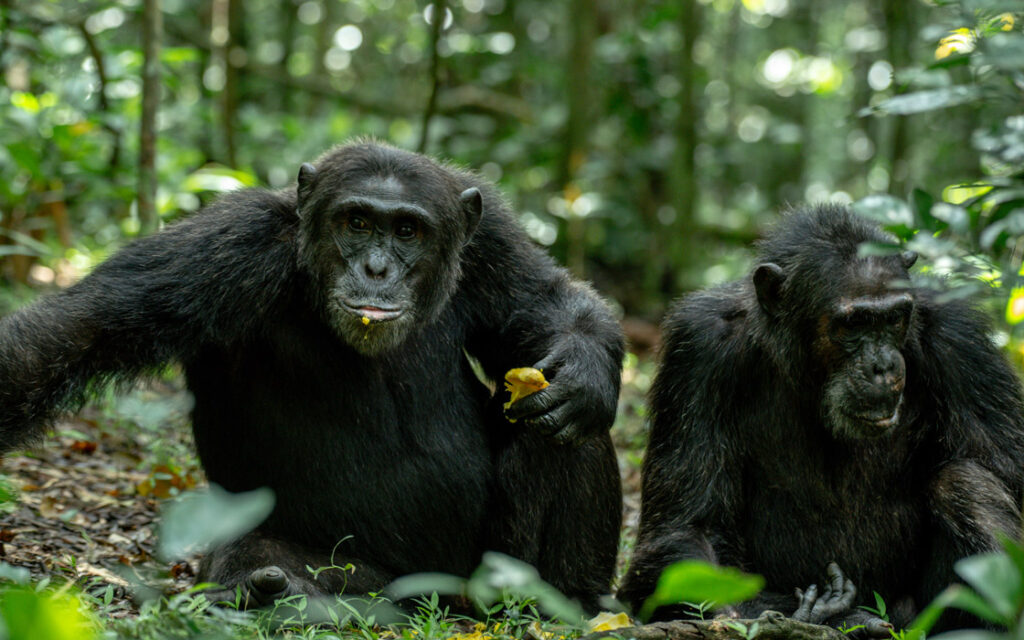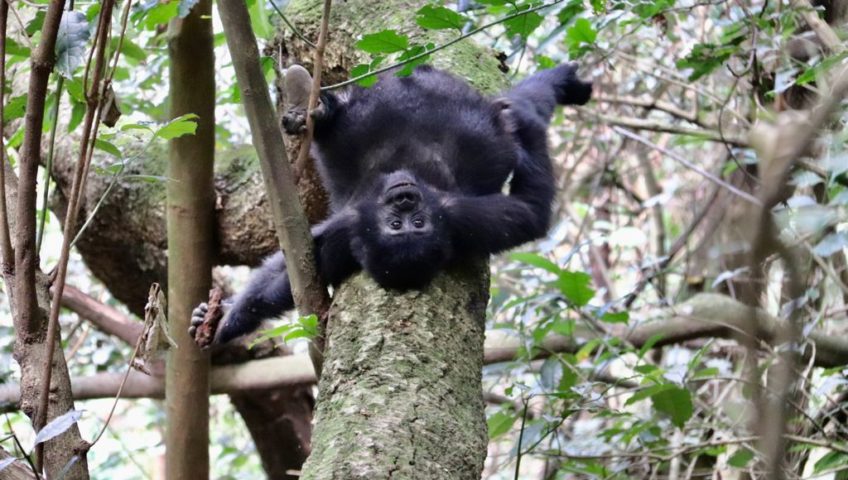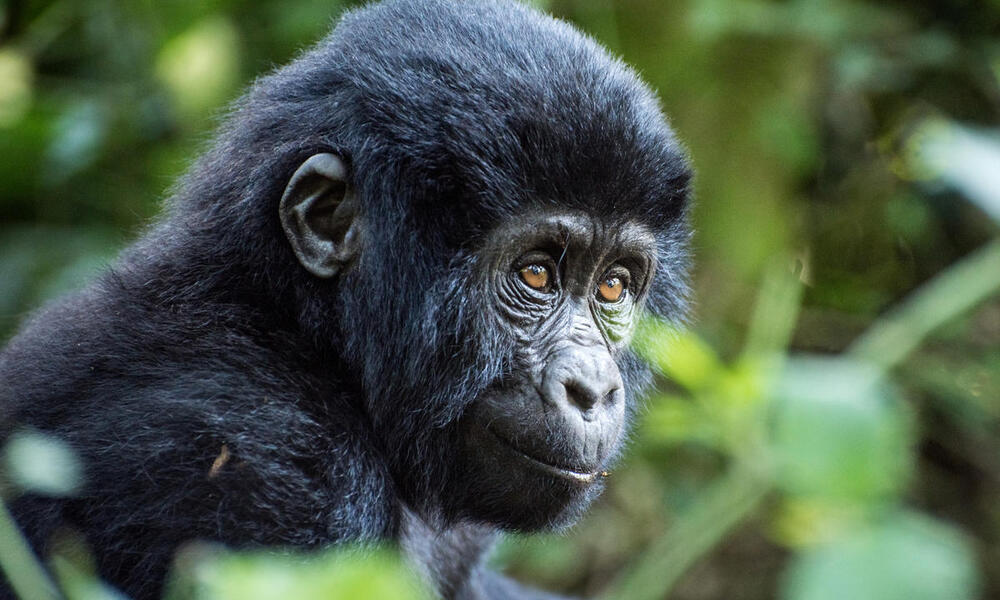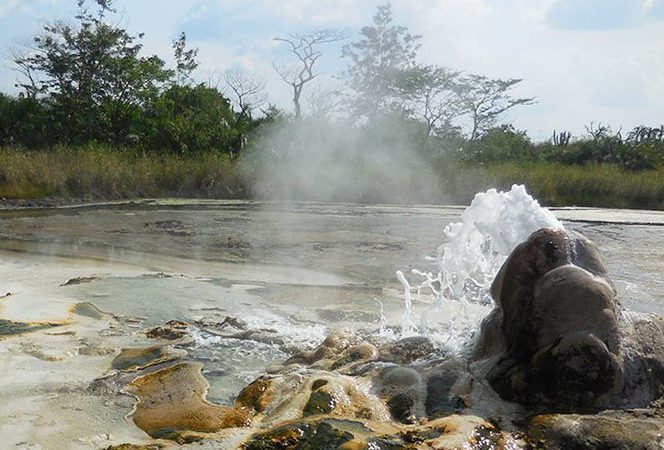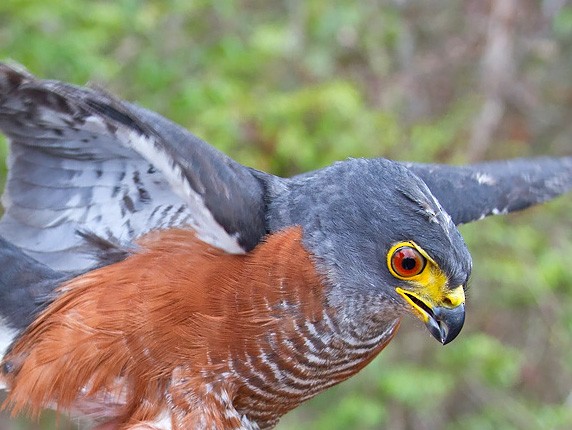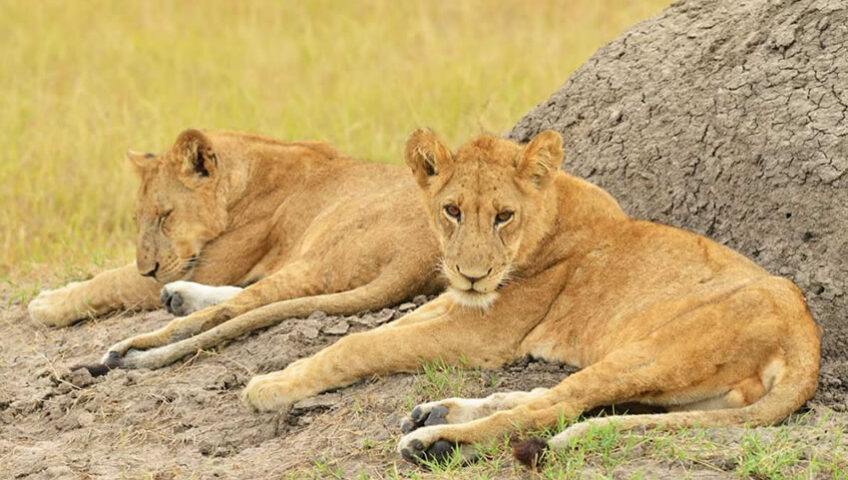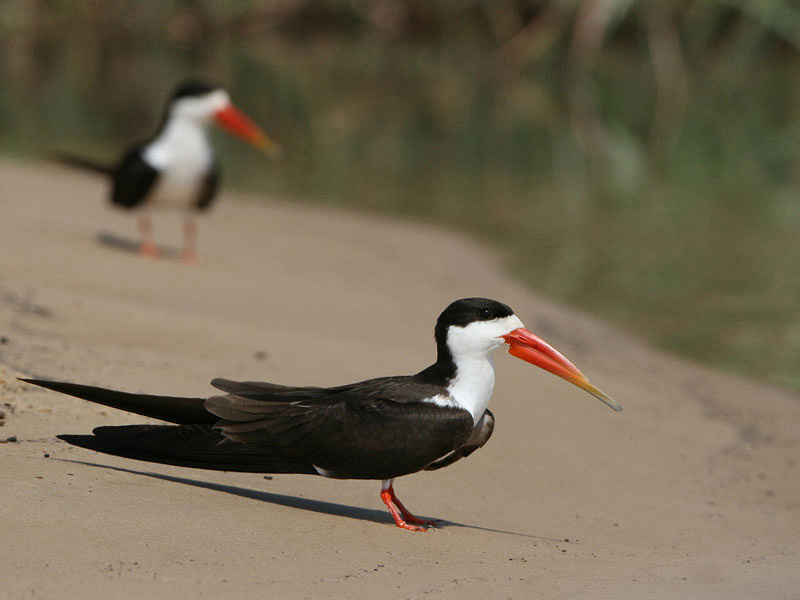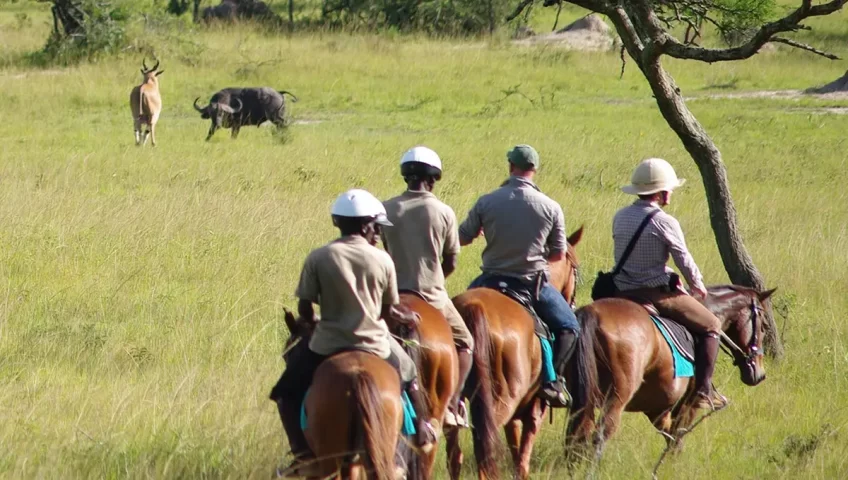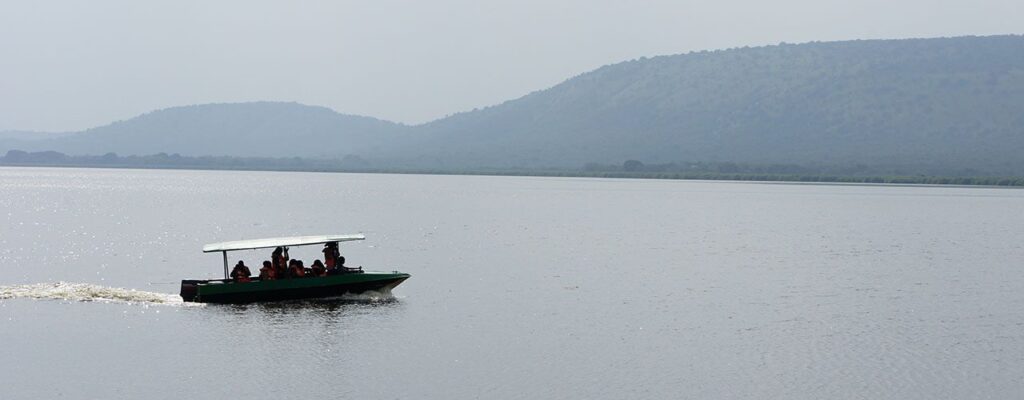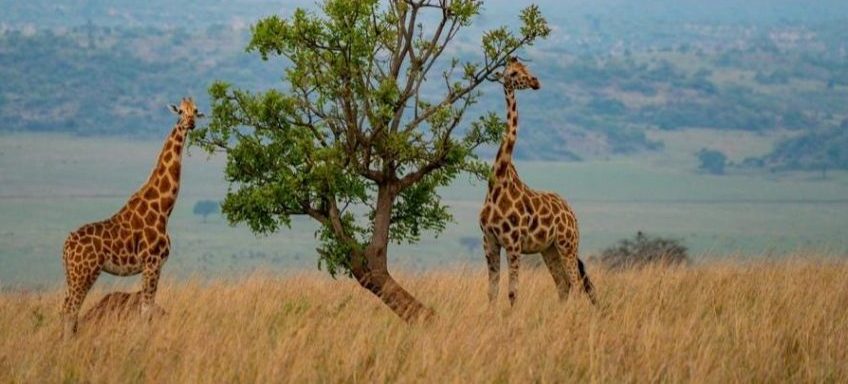
Kidepo Valley National Park
Kidepo Valley National Park Safari Attractions, Location and Park fees 2024
Kidepo Valley National Park is located in the rugged, semi arid valleys between Uganda’s borders with south Sudan in the north west and only 5km from the eastern border of Kenya & 700km from Kampala. Gazetted as a national park in 1962, the park has a profusion of big game and hosts over 77 mammal species. Due to its distant location in the pastoral Karamojong natives, who are the “Maasai of Uganda” similar to Maasai of Kenya and Tanzania, it is referred to as the authentic African wilderness.
The park is one of Uganda’s largest national parks, with a total area of 1,442 square kilometers. The Uganda Wildlife Authority is in charge of running Kidepo National Park, which was founded in 1958 and declared a national park in 1962. It is distinguished by wide savannah grassland, rocky outcrops, and scattered Acacia trees. River Kidepo and River Narus, two seasonal rivers that provide water to the park’s wildlife, cross it as well. The rivers dry up during a protracted dry season, leaving a small body of water where all the animals congregates.
Even though Kidepo National Park is the only national park in the entire nation, it is still the best park. The greatest place for private Uganda safaris is a pristine tourist site that is less congested. With over 77 mother species present, the park is home to a greater number of rare and extinct wildlife species. Only in Uganda’s Kidepo National Park can one find numerous cheetahs. It is home to around 450 different bird species, including several ostriches and the largest flying bird on world, the kori bustard.
Due to its isolated location and separation from the Ugandan capital, the park is underutilized and less well known to visitors, making its value less accessible. The distance between the park and Kampala, the Ugandan capital, is 510 kilometers. In the northeastern region of Uganda, in the Kaabong area, is where you’ll find Kidepo National Park.
Accessing/getting to Kidepo national park
Along with a good road network, Kidepo National Park is accessible by air and by both road and road. The park is far away, but there are two ways to get there: one is via the northern route, which goes through Murchison Falls; the other is via the eastern route, which goes through Jinja, the capital of Adventure. Since the road network is weak after diverging off the main route, one must use 4WD to be safe, especially during the wet season.
To get to Kidepo Valley National Park, there are four different paths that one can take. Two of these roads come from the Eastern side, while the other two come from the Northern side.
Routes passing through the North
The quickest route is Kampala to Karuma to Gulu to Kitgum to Kidepo. The park is 571 kilometers away and can be reached in around 10 hours.
between Kampala, Karuma, Lira, Kotido, Kaabong, and Kidepo. The second shortest route, covering a distance of 705 kilometers, can be traveled in up to 12 hours.
The Eastern routes
It takes 12 hours to go 740 kilometers from Kampala to Mbale to Sironko to Moroto to Kotido to Kaabong to Kidepo. The River Nile, Sipi Falls, and many other tourist sites are located along this route, making it the most picturesque.
The second Eastern route goes through Kampala, Mbale, Soroti, Moroto, Kotido, Kaabong, and Kidepo. The longest tour, covering 792 kilometers, takes 13 hours.
The most popular routes are the Northern route for traveling there and the Eastern route for returning, with a stop at the Sipi Falls, or taking in the experience at Jinja and the Nile’s source. The trek can be divided into two halves by stopping briefly at one of the towns, preferably Gulu, or at the national park near Murchison Falls.
On the other hand, one can take a charter aircraft that takes around two hours from Entebbe or Kajjasi to Kidepo using Kampala Aeroclub or Eagle Aviation. Due to the park’s isolation, the government of Uganda is planning to turn the Lomej airstrip near Apoka into an international airport. This will cut down on travel time and make it simpler for visitors to reach the park since they may fly directly there from their home nations.
Attractions in Kidepo Valley National Park
Kidepo National Park, like the majority of national parks in Africa, is open all year round, however because to the park’s soil topography, the best time to visit is during the dry season. In the water catchment areas during the dry season, the grass is short and it is simple to see animals. Early in the morning, cheetahs can be observed sunning on top of the anti-hills. Even in the rainy season, storms do not last for very long, making it possible to carry out all activities even though 4WD vehicles are required.
Mammals
Kidepo National Park is home to over 77 different species of mammals, making it a biodiversity haven. With four of the African big five visible in the park and just rhinos absent, Kidepo is the ideal place to see wildlife. The park is the only place in Uganda to witness cheetahs, enormous lion prides, elephants, leopards, buffalo, giraffes, hartebeest, reedbucks, and many more animals. The watershed regions are always the finest places to look for wildlife, particularly in the dry season.
Birds
Are you an expert birder looking for a place where you can quickly add more than 400 bird species to your list? The location you seek is Kidepo National Park. There is space for many different bird species in the large park with its varied vegetation zoning. The many habitats are essential to this unusual bird species. If you stay close to Apoka Rest Camp, you can go birding at your leisure. In Kidepo, this camp is regarded as one of the prime locations for birdwatching. Along the Narus river, in the Namamukweny valleys, and other places are good places to see birds. The most often sighted birds include the Abyssinian Ground Hornbill, Purple Heron, Abyssinian Roller, Kori bustard, Pygmy Falcon, Violet-tipped Courser, Clapperton’s Francoli (found exclusively in Kidepo National Park), and Abyssinian Ground Hornbill.
Apoka Tourism centre
All of the documentaries on the Kidepo National Park are available here at the information center. Additionally, it serves as the beginning point for all park activities. If you arrived by personal vehicle, guides are available. At this point, if you don’t have a car, assistance will also be provided so that you can either rent a car or, if space is available, join the group. Additionally, there are craft stores with tourist guides, trinkets, ice-cold beverages, and much more.
Kidepo valley and Kanangorok Hot springs
The Kidepo Valley, where villagers travel to pick palm fruits, is located on the banks of the seasonal river known by the same name. Visitors enjoy coming here to interact with more people who are engaged in the local fruit picking industry. The Kanangorok Hot springs, which are 11 kilometers before the Kidepo river as one approaches the border, are another significant region along the river.
Mount Morungole
The 2,750-meter-tall Morungo mountain is located in Kidepo National Park. The two rivers that provide water for the park pass it. Given that the park’s elevation rises as one approaches it from the south, it is located in the southern portion of the park and serves as its boundary. Here, visitors can go hiking and see birds. Lomej Hills, which are located in the park’s center right next to the park headquarters, are one of the other hills there. South Sudan and Kitgum are divided by Lonyili Mountain. More bird species can be found here, along with certain primates like the Colobus monkey and montane forests.
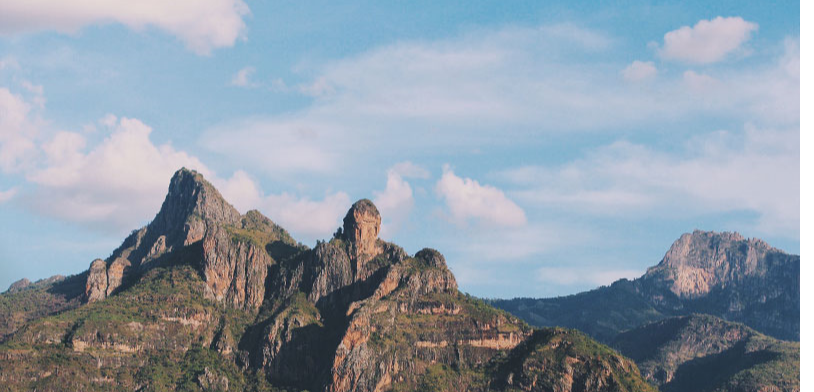
Activities in Kidepo National Park
One of the Uganda National Parks that is enjoyable and offers a variety of activities is the undeveloped Kidepo National Park. Spend more time exploring the park and the adjacent distinctive local villages, which have much to offer our visitors.
The attractions of your visit to Kidepo National Park are listed below. If you are physically fit, do not miss hiking any of the nearby hills.
Birding
One of the best places to go bird watching in Uganda is Kidepo National Park, which is situated in the far-off region of Karamoja. Your birding tour begins at the Apoka rest camp, which is located in an undeveloped area where birds are always visible. The only requirement is that you have enough time to enjoy your extensive list of bird species, which includes the ostrich, bee-eaters, vultures, kori bustard, common bulbul, African grey flycatcher, Karamoja apalis, white-bellied tit, black-headed plover, Bruce green pigeon, Fox kestrel, Abyssinian Ground bill, and Singing Bush Lark, to name a few. Near Narus or the Kidepo river, you can go bird watching along the Namamukweny valley of the Kidepo.
Game viewing
In the Kidepo National Park, game rangers accompany visitors on game drives. The gaming drives are all more enjoyable. With 77 species available, you will have the opportunity to witness rare mammals. You can view animals like jackals, leopards, elephants, lions, giraffes, buffalo, bush pigs, bush duiker, bush pigs, kobs, cheetahs, and many more with the assistance of the train ranger or an experienced driver-guide. Early in the morning, late in the afternoon, or even all day long, game drives are possible.
Hiking/ nature guide walks
Hiking or nature strolls are two other enjoyable things to do in the Kidepo National Park. The park can also be strolled through at our leisure under the guidance of a game warden. You need to be physically fit for this. You can take a stroll through the well-known Narus Valley and encounter the IK tribe, one of Africa’s most distinctive inhabitants. Go to the Borassus palm forest to see how the villagers gather fruit for the production of palm wine. This is fantastic for birders since you can breathe in the clean air of Africa.
Cultural tours
Without seeing the local IK and other Karamajong residents, your tour to the Kidepo National Park will be completed. When you visit the distinctive cattle pastoralists in Kenya, the Maasai people, you will have more amusement. They take up the majority of Uganda’s northeast. The Lorukul Cultural Group is located outside the park and offers tours of the distant tribe’s culture.
Are you sick of hectic, congested tourist destinations? Then stop searching and visit Kidepo National Park to enjoy the best pristine land. It is a very secure and distinctive national park that allows you to experience the full scope of authentic African wildness.
Contact Us for information or Inspiration for Safari in Kidepo Valley National Park
